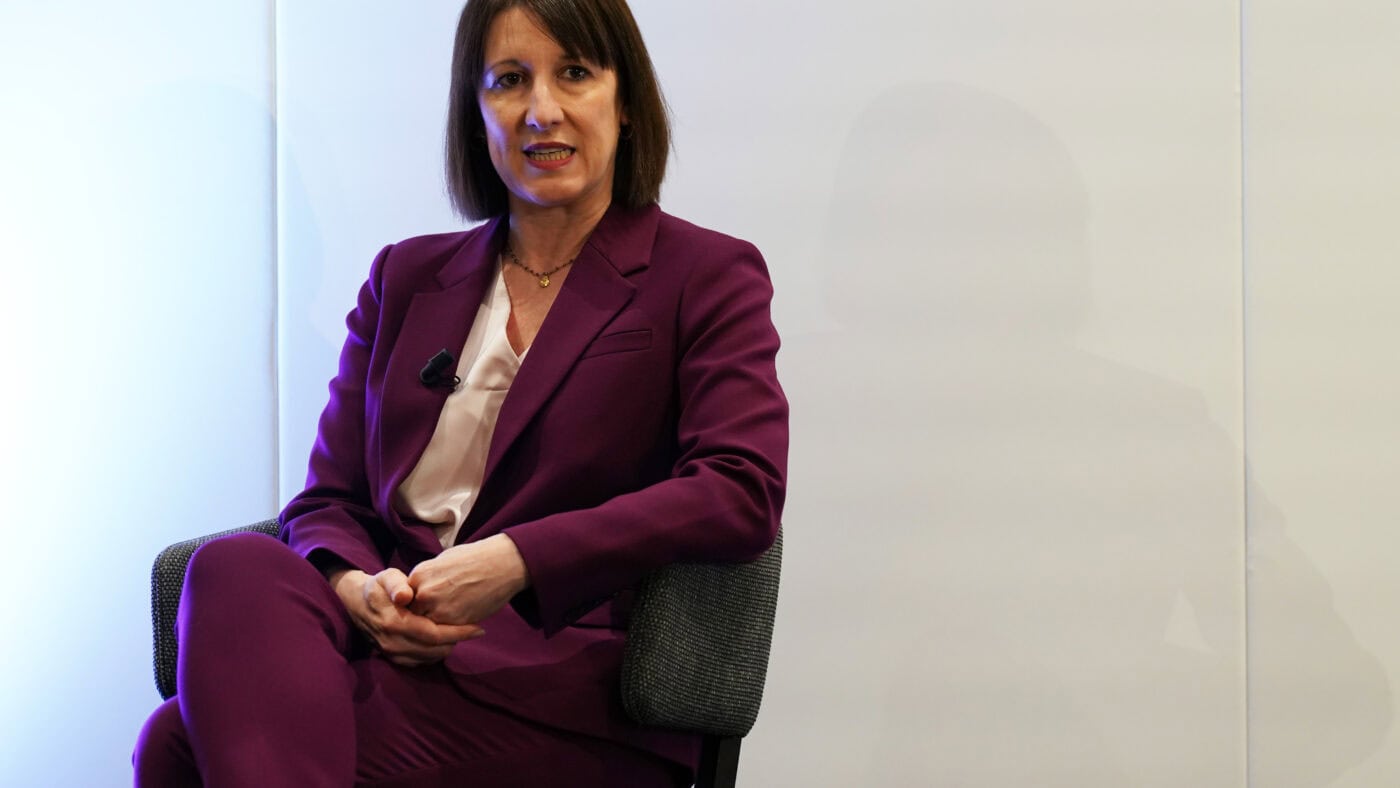The latest surge in gilt yields – which represents the cost of new borrowing by the UK government in the bond market – is yet another shock that our already fragile economy could do without.
To be fair, this crisis is not entirely the making of Rachel Reeves and her October Budget. Bond yields have also risen sharply in many other countries, reflecting renewed fears about global inflation and excessive government borrowing worldwide. Indeed, long-term interest rates in the UK are closely tracking those in the US, which have also hit multi-year highs.
Nonetheless, the UK is still an outlier. Yields have risen further than in the Euro area, especially Germany. And they should still be lower than in the US, where the prospects for economic growth are much brighter.
There are both similarities and differences with the market crisis that followed the mini-Budget in 2022. The performance of the UK bond market was even more of an outlier then, and sterling fell much more sharply.
But the adverse reaction was compounded by the ticking time-bomb in the pensions industry, where many funds had made risky bets on interest rates (the so-called ‘Liability Driven Investment’ strategies) and by the Bank of England’s decision to start selling the bonds it had bought under the policy of Quantitative Easing (QE).
Moreover, Liz Truss’s plans were actually welcomed by businesses and, at least initially, seen as positive for growth. In contrast, confidence has slumped since last summer, exacerbated by the increases in tax and other business costs announced in the October Budget.
If anyone has ‘crashed the economy’, it is surely Rachel Reeves. (Yes, I will be nervously watching my post for a ‘cease and desist’ letter from No.11…)
In a nutshell, investors are worried that the additional spending in the Budget will boost inflation and slow the pace of rate cuts from the Bank of England, that the additional taxes will hammer growth and not raise as much money as expected, and that the additional borrowing will mean that yields have to rise even further to attract enough buyers for all the additional bonds.
And whatever the exact reason for the rise in UK bond yields, it is bad news for the public finances, as well as the wider economy.
The Office for Budget Responsibility (OBR) expected both official interest rates and gilt yields would be about 0.25% higher than otherwise as a result of the Budget measures. But even allowing for this, they are now about 0.75% higher than anticipated.
The impact on debt interest payments depends on lots of factors, including the maturity of borrowing and how long higher yields are sustained. But as a ballpark, the OBR’s ready reckoner suggests that a permanent 1% rise in gilt yields would add £12bn to debt interest in the final year of the forecast horizon, more than wiping out any fiscal headroom.
Unfortunately, this is not the only thing that’s going wrong. In particular, the OBR assumed that the economy would grow by 2% this year. But the slump in business confidence means that the risks are firmly on the downside. My own best guess is just 1%, with a good chance that growth in 2025 is even lower than the 0.8% or so likely in 2024.
This all raises the spectre of further tax rises in an attempt to fill a new ‘black hole’, or bigger cuts in spending by departments whose budgets are not protected. The Government looks set to spend even more in areas like the NHS where productivity is low and crucial reforms are painfully slow, while spending less in areas like criminal justice which have been woefully underfunded, or not increase spending enough in areas like defence.
In other words, the Government will be spending more in areas where private markets could play a bigger role, and and less on genuine ‘public goods’.
That said, disaster is not yet certain. Crucially, the fiscal headroom depends mostly on what the OBR assumes for the fifth year of the forecast, not just on this year. The watchdog has also been cautious so far in assessing any positive impact of increased public investment on growth, so there may be some relief to come here.
There are other options that might save money too. One point many have missed is that, in the near-term, the Bank of England’s official rate is far more important than bond yields in determining the amount of interest paid out by the public sector.
The OBR has already factored in 1% of cuts from the Bank this year, to 3.75%, so there is little scope for a pleasant surprise here. But the Treasury could look again at paying a lower rate of interest on the excess reserves created under QE, or taxing these payments at a higher rate.
This would not necessarily help. The Chancellor has ruled out any change, so it would be another U-turn. The benefits will diminish over time anyway as QE holdings are run down. But reducing the amount that the Bank of England is shelling out to commercial banks now could be less damaging for growth than either spending cuts or even more tax hikes – the lesser of several evils.
In the meantime, though, the next few months will be extremely rocky. The economy will have to weather a painful spending review in late spring, on top of the implementation of the key measures in the Budget. Remember that the increases in employers’ National Insurance and in the minimum wage do not actually take effect until April.
It is probably too soon to speculate on whether Rachel Reeves’ first Budget will also be her last. But few would want her current job.
Click here to subscribe to our daily briefing – the best pieces from CapX and across the web.
CapX depends on the generosity of its readers. If you value what we do, please consider making a donation.


